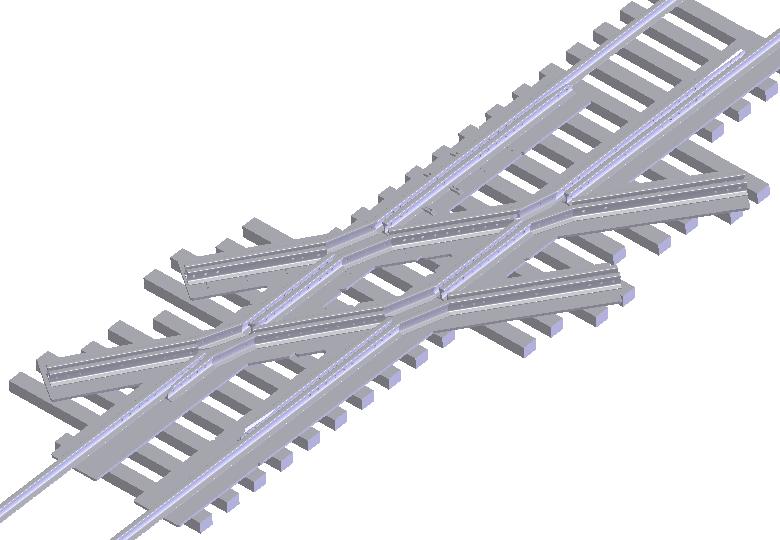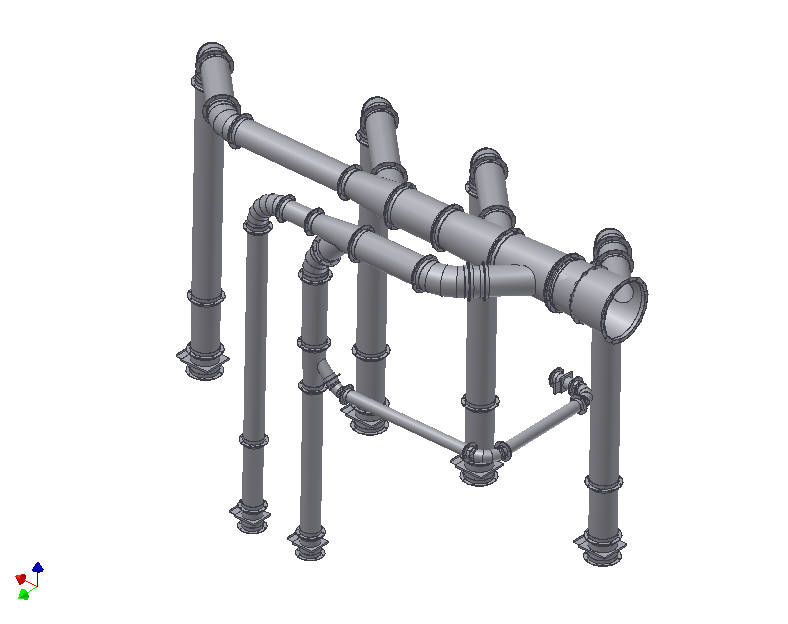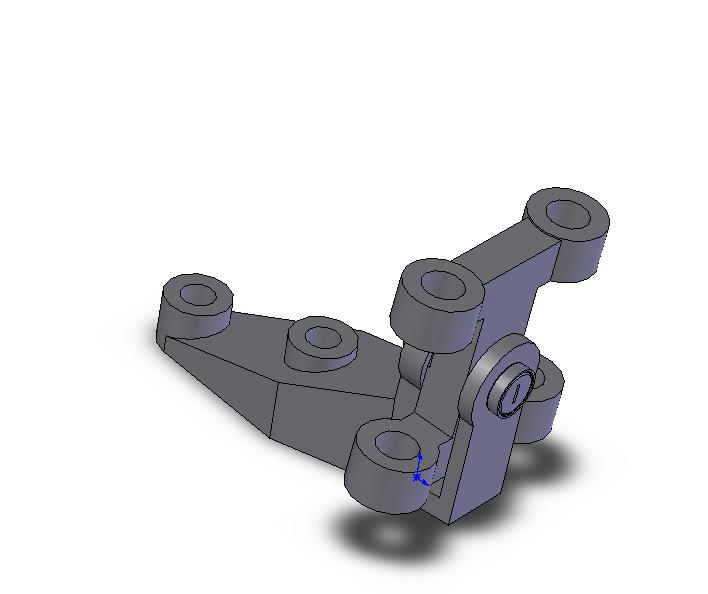Lean Manufacturing
Lean manufacturing or "Lean" is an industrial production practice that considers only time, effort and energy aimed at creating value for the customer is important. Anything else is considered waste and is something that should be eliminated.
Lean differs from the traditonal efficiency improvements used in the past in that it is more refined. Lean build on the success of Just in Time and Continuous Improvement. It is expected to integrate the common sense best practices of the industry it is being used with in order to be successful.
History
The origins of lean are from the Toyota Production System (TPS) from Japan and it uses many Japanese language terms to describe its processes. Lean also borrows from Japanese martial arts traditions by calling its practicioners Black Belts or Sensei (the Japanese word for teacher) and its students Senpai (Japanese for top student).
Japanese experts such as Sakichi Toyada, the creator of Toyota and Shigeo Shingo, a prominent industrial engineer themselves learned their principles through American experts such as Frederick Winslow Taylor and John Edwards Deming.
In their time these forward thinking americans were not always taken seriously. American experts such as Taylor and even Henry Ford can draw their inspiration right back to such original thinkers as Benjamin Franklin. Franklin published works on manufacturing and shopkeeping that were way ahead of their time in colonial america.
Lean manufacturing methods
Lean methods can begin with 2 different areas. One focuses on optimizing flow and the other the steady elimination of waste or muda. Lean is not just management theory, it has been refined over decades of practical experience drawing from existing successful practices such as Just in Time and SMED or single minute exchange of die.
Lean manufacturing principles
Pro's and Con's
Lean principles were built around automotive and heavy manufacturing, and that its principles cant always be routinely applied and expected to work in any industry. Lean must be implemented and adapted within the framework of practical common sense experience.
When Taichi Ohno of Toyota, created the Toyota Production System, he based it on the experience of Henry Ford's auto industry. He did not just copy it, he improved apon it to create what we know of as Lean.



